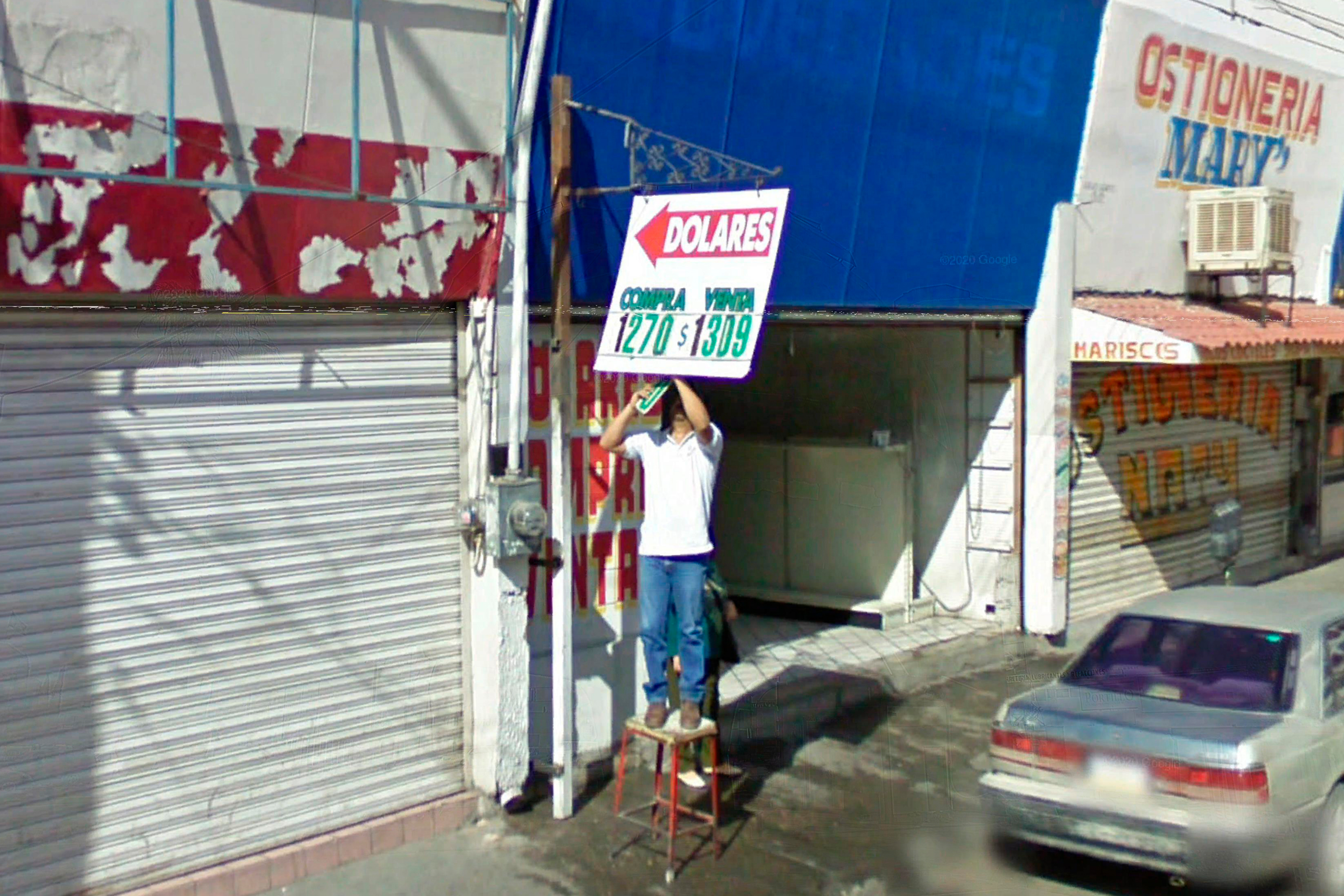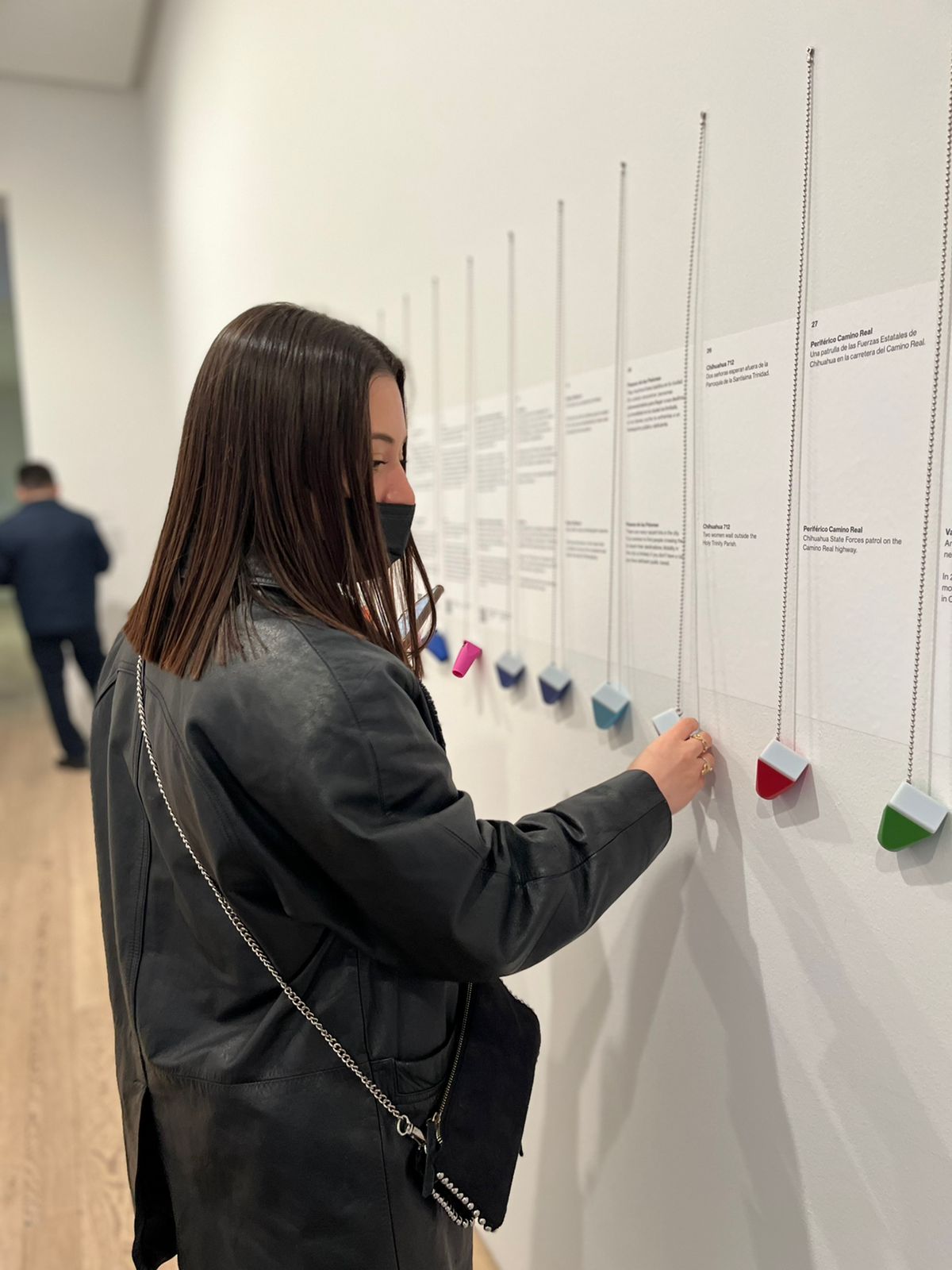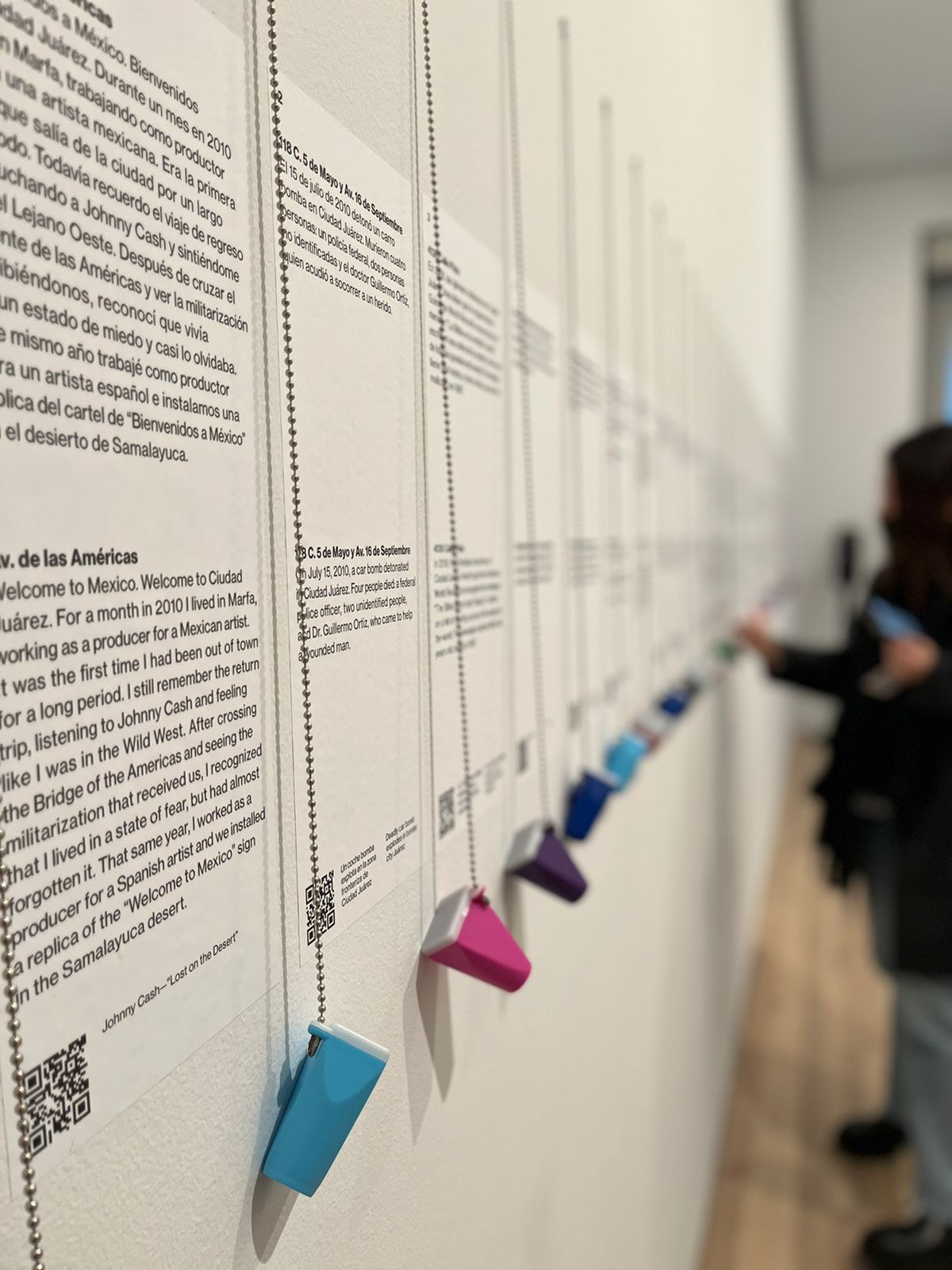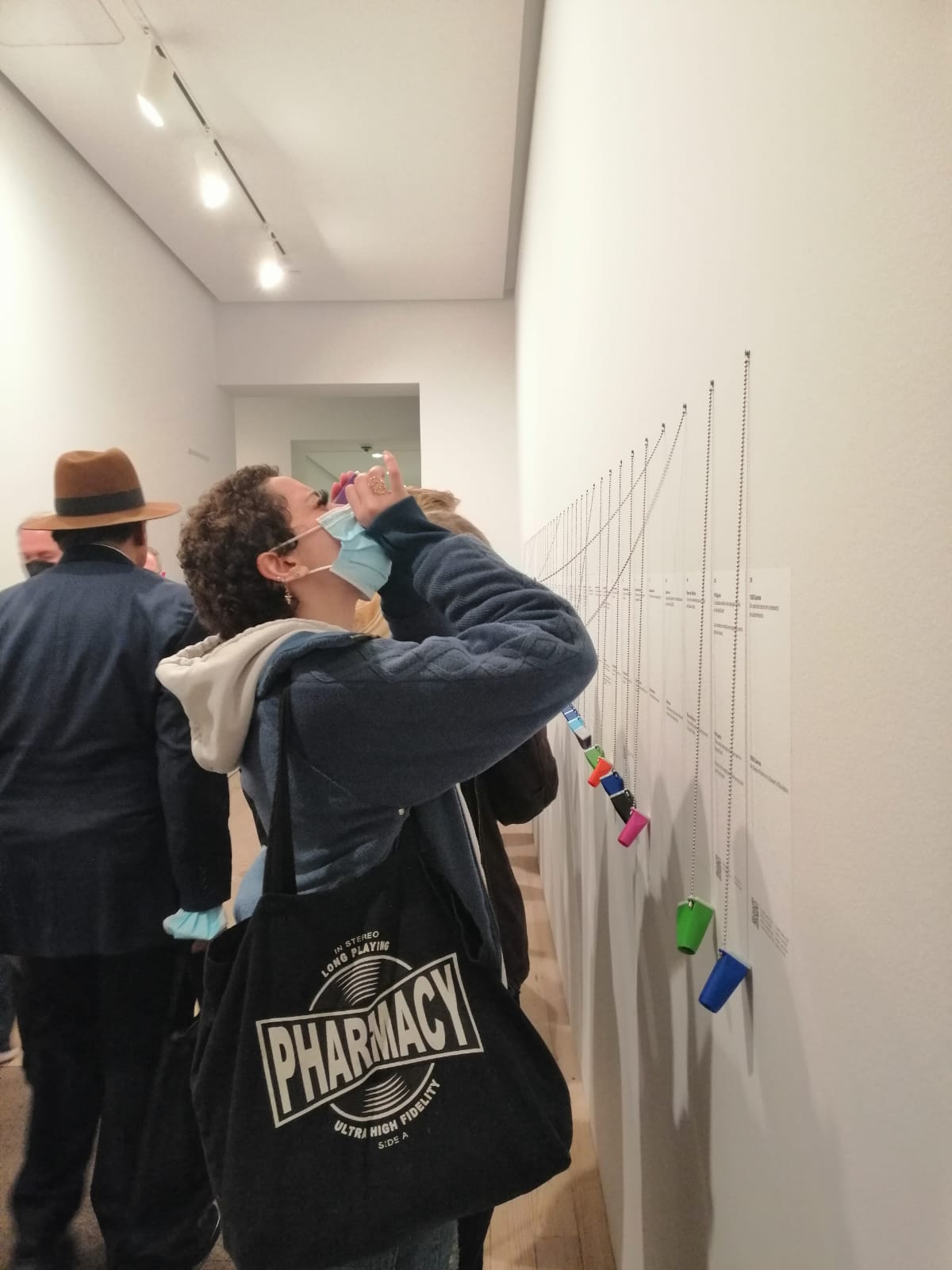ARCHIVO JUÁREZ
2020 - ONGOING
In 2020, unable to travel to my hometown of Ciudad Juárez, Mexico, during the pandemic, I started touring the city on Google Maps. I used this tool to re-explore sites in Ciudad Juárez. With infrequent visits from the Google car and its 9-eyes camera, I often find sites that are frozen in time, many of them captured between 2008 and 2013 in a period known as the War on Drugs. I began to collect these images into a digital archive. To date, the archive has more than 500 images.
Eventually, when I was able to return home, I found myself checking through family photos and found an old keychain photo viewer—a small plastic object one could hold up against light to view a 35mm slide. Inside the viewfinder it was a picture of my parents and my brother in the circus, I was not born yet.
I think of this project as a (strangely) familiar album of my city, one that has been represented endless times with violent images. Instead of blowing these images up, I started converting them into an analog image as a 35 mm negative and inserted it into a pocket-size viewfinder, showing images that we rarely associate with the city, which was known as one of the most violent in the world. What we see in Street View becomes an intimate and personal history.
I was born in Juarez, and I chose to revisit familiar neighborhoods, avenues, and streets, showing daily life in the city through the lenses of Google’s equipment, using its own language and therefore its glitches and its artificial intelligence, an A.I. that automatically erases faces, or anything that looks like one. While the project does not focus on violence, it is impossible to navigate the city without police, military, a gunman, or abandoned houses being part of the city landscape.







